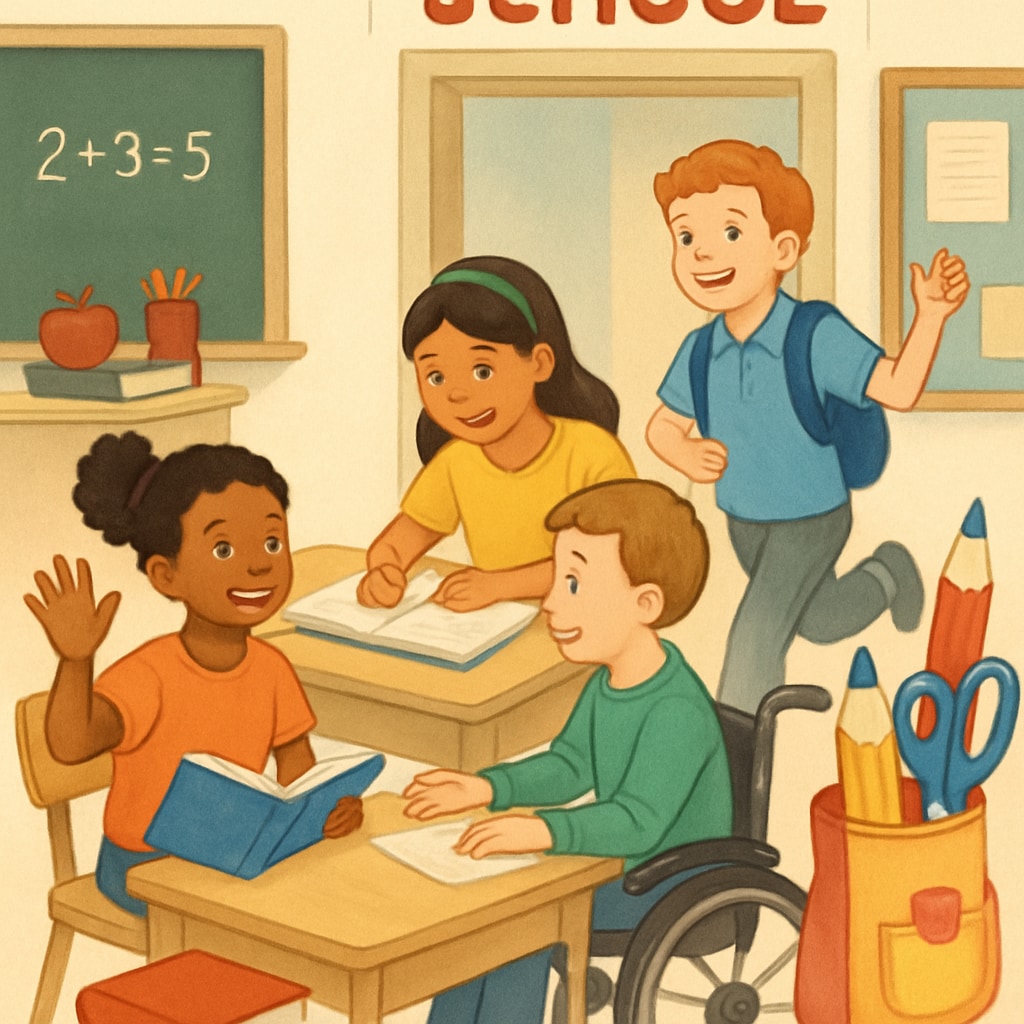In the realm of education, the concepts of “school district discrimination, school choice, and inter-district communication” are critical to ensuring equitable access to quality education. However, for many families, especially those facing discrimination, transferring their children to a different school can feel like navigating an invisible maze. Poor communication between school districts frequently creates obstacles that undermine families’ right to choose the best educational environment for their children.
How Poor Communication Creates Barriers
School districts often operate as isolated entities, with limited collaboration or transparency when it comes to student transfers. While policies may appear clear on paper, the actual process of transferring can be fraught with miscommunication, delays, or even intentional obfuscation. This can disproportionately affect families who are seeking transfers due to bullying, racism, or other discriminatory practices.
For example, some districts may fail to provide timely responses to transfer requests or may impose arbitrary requirements not outlined in their official policies. These actions leave families stuck, unable to escape harmful environments. As a result, the very system meant to support education becomes a barrier to it.

Protecting School Choice in Cases of Discrimination
Discrimination in schools—whether based on race, socioeconomic status, or other factors—remains a persistent issue. Families experiencing such challenges often seek transfers as a solution. Unfortunately, school district barriers can exacerbate their struggles. For example, a family might be forced to prove the discriminatory environment in their current school, subjecting them to further emotional distress.
To address these issues, schools and districts must establish mechanisms that prioritize the well-being of students over bureaucratic hurdles. Transparent communication, streamlined processes, and dedicated support teams can create a more equitable transfer system.

Proposed Solutions for Transparent Educational Choices
To reduce the impact of these hidden barriers, several actionable steps can be taken:
- Unified Transfer Guidelines: School districts should adopt standardized protocols for transfers, ensuring consistency across regions.
- Dedicated Transfer Coordinators: Appointing coordinators within each district can help families navigate the transfer process more effectively.
- Transparency in Communication: Districts should provide clear, accessible information about transfer policies and timelines on their websites.
- Independent Oversight Committees: External committees could review transfer requests to prevent bias or misconduct.
Implementing these measures will not only reduce the stress for families but also ensure that students have access to safe and nurturing educational environments.
The Call for Collaborative School District Policies
Ultimately, addressing school district barriers requires a collective effort. Districts must work together to establish an interconnected system that prioritizes students’ needs over territorial disputes. By fostering collaboration, schools can create pathways for families to make informed decisions without fear of retaliation or systemic obstacles.
As families increasingly demand transparency and fairness in education, school districts have a unique opportunity to lead by example. They can transform the way transfers are handled, ensuring that no child is left behind due to bureaucratic inefficiency or discriminatory practices.
Readability guidance: Each section uses clear, concise language, short paragraphs, and lists where applicable. Transition words like “for example,” “however,” and “as a result” are evenly distributed to maintain flow and readability.


